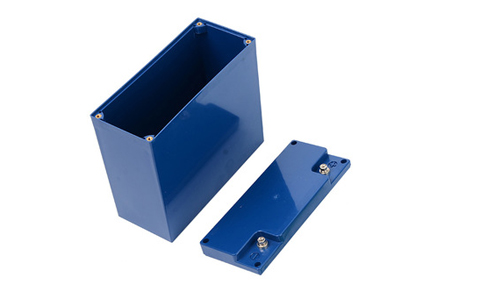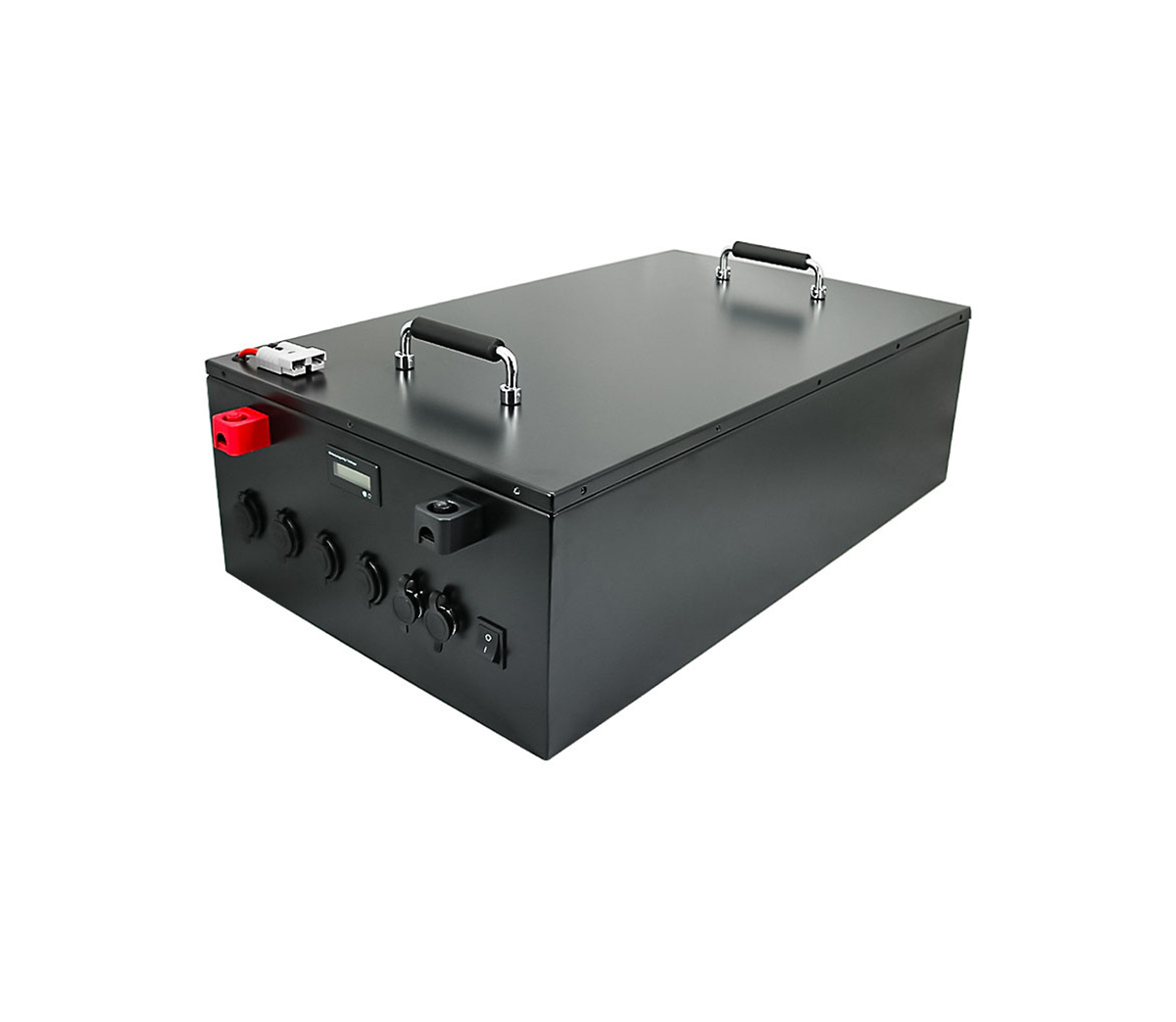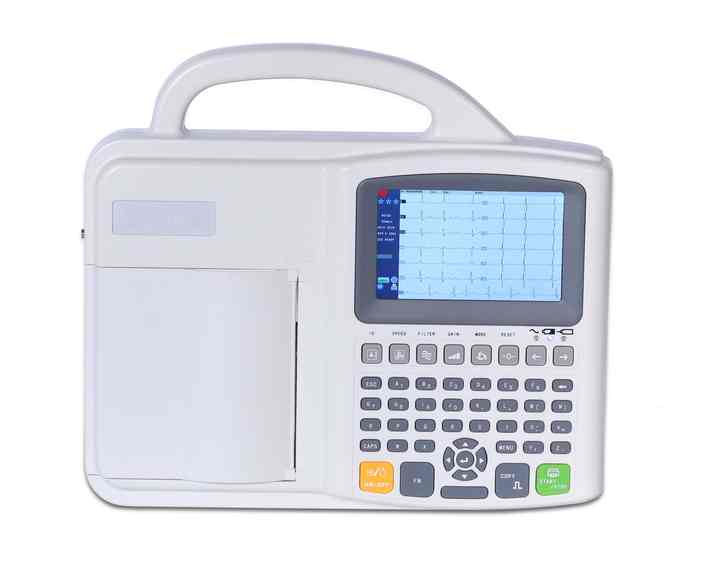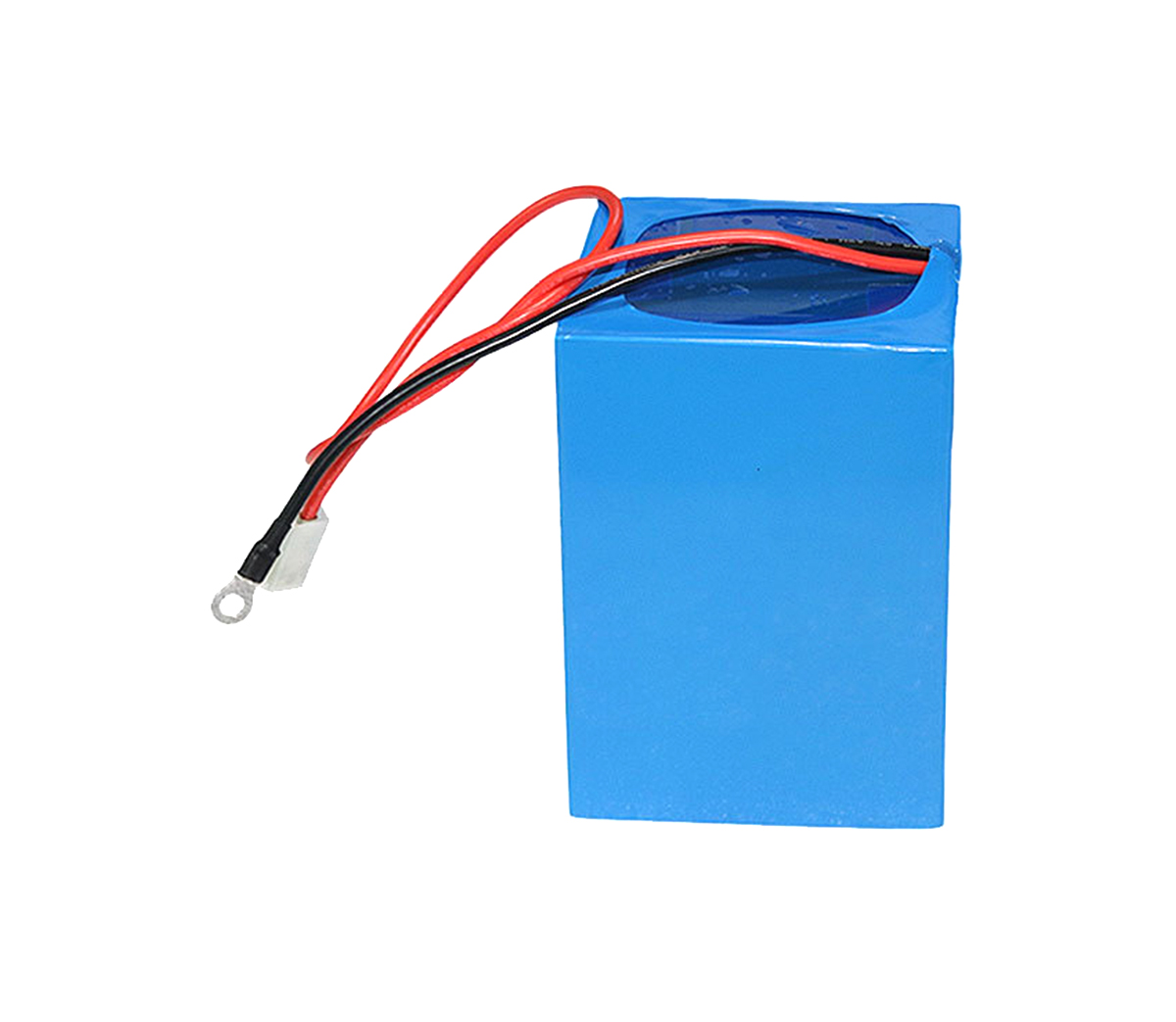
Under the guidance of policy, more than ten large-scale fuel cell
manufacturers have emerged in my country, and they have initially mastered core
technologies. At the "China International Hydrogen Energy and Fuel Cell and
Hydrogen Refueling Station Equipment Development Forum" held recently,
participants generally expressed optimism about the development prospects of the
industry.
The fuel cell vehicles behind the halo of pure electric vehicles are
running at full capacity and are ready to go.
"Fuel cell is 10 years behind pure electric power"
Fuel cell vehicles are also electric vehicles, but the "battery" is a
hydrogen-oxygen hybrid fuel cell. Because of its advantages of zero pollution
and zero emissions, it has always been regarded as the ultimate solution for new
energy vehicles.
"The fuel cell market lags behind pure electric for 10 years." At the
meeting, an expert pointed out the current situation of my country's fuel cell:
it has not yet been widely popularized and applied, and it is not as well-known
as pure electric.
In fact, the use of fuel cells preceded the use of lithium batteries. "As
early as 2000, fuel cells were already very popular in the United States. At
that time, lithium batteries had not yet been developed. Lithium batteries have
been developed from a miniature and portable form, and fuel cells have been used
in aerospace, military, locomotives, etc. from the beginning. In terms of large
parts, fuel cells have been silent for a long time because they have not been
cultivated by small parts." Ouyang Xun, chairman of Hydrogen Proctronics,
pointed out that the acceleration of fuel cell development is to apply them to
companies such as Toyota and Honda. After commercial vehicles were launched,
this greatly encouraged other car companies' enthusiasm for fuel cell
vehicles.
In recent years, my country's fuel cell commercial vehicles have developed
rapidly. It is worth mentioning that, in the context of the decline of the new
energy subsidy policy, fuel cell subsidies will continue until 2020. The
country's determination to develop the fuel cell vehicle industry can be
seen.
According to relevant plans, in 2020, my country's fuel cell vehicle
demonstration scale will reach 5,000, with commercial vehicles accounting for
60%, passenger vehicles 40%, and more than 100 hydrogen refueling stations. In
2030, a total of 1 million fuel cell vehicles will be promoted, and there will
be more than 1,000 hydrogen refueling stations.
"There are more than 40 hydrogen refueling stations under construction and
planning across the country. The industry will develop faster and faster. There
is no problem in achieving the goal of 100 hydrogen refueling stations by 2020."
Ouyang Xun expressed optimism about the development prospects of the industry,
as long as the top level of my country The policy is clear, and many existing
pure electric basic technologies can be applied to fuel cells, and the industry
will develop quickly.
"There will be queues at hydrogen refueling stations soon"
From the emergence of my country’s first generation of fuel cell
vehicles-"Beyond One" in 2003, to the small-scale mass production of SAIC Roewe
950, the first fuel cell car in my country's independent brands in 2015,
Shanghai's fuel cell vehicle technology level has always represented This is the
highest level of fuel cell vehicle development in my country, thanks to the
support of the Shanghai Municipal Government. Shanghai is committed to building
a “domestic leading fuel cell vehicle technology demonstration city”. According
to the plan, by 2020, the annual output value of Shanghai's fuel cell vehicle
industry chain will exceed 15 billion yuan. At the level of demonstration
operation and promotion, hydrogen refueling stations will be built 5- There are
10 passenger car demonstration areas and 2 passenger car demonstration areas,
with an operating scale of 3,000 vehicles. It is understood that 500 to 1,000
hydrogen fuel cell trucks will be put into use in Shanghai this year.
It is reported that Zhangjiakou, Wuhan, Datong, Shanghai, Foshan, and more
than ten cities across the country have constructed or planned hydrogen energy
parks, and industrial clusters in North China, South China, East China, and
Central China have initially emerged. In February of this year, the 5 billion
yuan hydrogen energy new energy automobile industry cluster project settled in
Zibo, Shandong; in March, China Communications Construction Group Co., Ltd.
signed an agreement with the Bazhou Municipal Government to build a new hydrogen
fuel cell-based project in the city. Energy automobile industry base, the total
planned investment of the project is 10 billion yuan... The trend of large-scale
investment has gradually emerged.
However, compared with developed countries, my country’s hydrogen refueling
infrastructure still has a certain gap. The number of hydrogen refueling
stations is small, and there is a lack of long-term continuous demonstration
operation and support mechanisms. Large investment, difficult examination and
approval, and the vicious circle of "fewer cars and stations, and cars" have
objectively hindered the commercialization of fuel cells in my country. "Now
that hydrogen refueling stations cannot keep up with the development of
vehicles, I believe that there will soon be a queue of cars at hydrogen
refueling stations," said Ouyang Xun.
In this regard, Dr. Li Jin from the New Energy Department of Yutong Bus
suggested that a "four-in-one station for refueling, hydrogenating, refueling
and charging" could be established. Regulatory safety clearance requirements.
Demonstration projects should appear before 2020."
It is reported that Sinopec’s construction of a joint hydrofueling station
has been launched in Guangdong.
"70% relies on imports, and the path to localization is the key"
From a global perspective, hydrogen fuel cell related technologies and key
components are controlled and monopolized by a few developed countries. At
present, most of the hydrogen fuel cells installed in vehicles in our country
use foreign stacks and technologies, and the proportion reaches more than
70%.
An industry insider expressed concern to reporters that if domestic
research forces fail to make breakthroughs in terms of life and cost for a long
time, the industry will lose patience with domestic equipment, which may hinder
the development of fuel cell vehicle power.
“Only by encouraging the complete localization of fuel cell components,
reducing dependence on imports, reducing the cost of fuel cell engines, and
enabling fuel cell vehicles to reach or close to the cost of fuel cell vehicles,
can hydrogen fuel cell vehicles truly usher in large-scale development.” Wuhan
Xima Xie Jinshui, chief engineer of Laya Optoelectronics Technology Co., Ltd.,
said that the localization of fuel cell components in China is accelerating. As
a key material for hydrogen fuel cells, catalysts are directly related to the
performance of fuel cells. The company has developed a series of Pt/c catalysts
with different mass fractions: 40wt%, 50wt%, 60wt%, 70wt%, with an
electrochemically active area of 90%. ㎡/g, the maximum production capacity is
5 kg/day, breaking the long-term monopoly of this technology in a few countries,
and the price is only half of similar imported products.
Similarly, fuel cell proton exchange membranes, diffusion layers, membrane
electrodes, bipolar plates and other materials and components are also actively
localized. Many technologies have made major breakthroughs, such as hydrogen
cylinders for vehicles-my country has become the only country in the world that
has achieved large-scale mass production of type III 35mpa hydrogen cylinders
for vehicles.
"At present, the high degree of dependence on foreign countries is largely
because we blindly believe in imports." An expert told reporters that my country
has basically mastered the core technology of the entire vehicle, power system
and key components.
Ouyang Xun also said that my country already has fuel cell mass production
capacity, and the market prospects are promising. “In 2020, fuel cell commercial
vehicles are expected to get rid of subsidies, and passenger cars may get rid of
subsidies around 2025.”
Li Jin also told reporters that Yutong buses now have the conditions for
small-batch demonstration operation, and more than 20 fuel buses will be put
into demonstration operation in Zhengzhou this year.



































